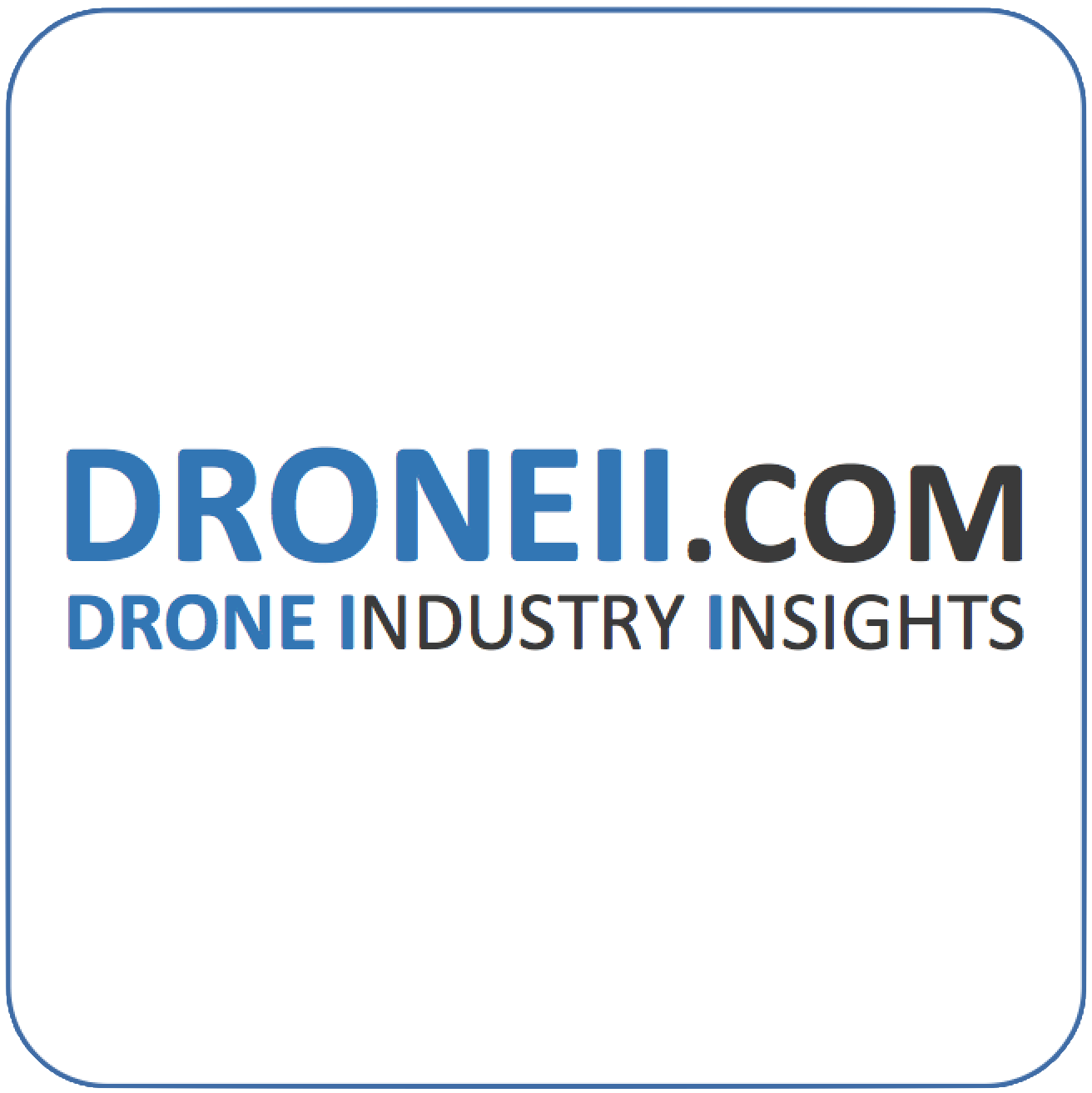
Guilhem de Marliave
“The industry has a lot of hardware challenges to tackle to put drones to work on a large industrial scale.“
– Guilhem de Marliave
Learn more on: www.elistair.com
Guilhem de Marliave – CEO of Elistair
Tell us something about your current position and your professional background.
Guilhem de Marliave: I am co-founder and CEO of Elistair, a rapidly growing tethered drone company which employs 30+ people. I have a mixed engineering and business background. Before launching Elistair I worked in the solar industry where I joined a drone services provider in France developing industry-focused services.
When setting up Elistair the goal was to tackle the endurance and safety issues we were facing with our drones by using the concept of an umbilical, already used widely in the unmanned underwater vehicle space.
What are your perspectives on the drone in the next years?
Guilhem de Marliave: We currently are at a very early stage where commercial drones are only being used in industries where the ROI is sufficiently high to finance the presence of a human operator for every drone mission.
Over the coming years, we are going to cross this legal and technical gap with fully autonomous flights, and see drones perform a whole new set of missions with greater ROIs thanks to the reduction of this 1 man / 1 drone ratio and technological improvements.
I foresee a rapid rise in drone deliveries, 24/7 surveillance missions, popup 4G coverage, large construction sites scanning with higher frequencies and precision. There are plenty of current niche use case scenarios which have the potential to become large markets in the coming years and plenty of opportunities to seize.
In many countries permissions for drone operation are now based on a risk assessment. It seems that tethered drone platforms ensure safe operation. Could you clarify if this assumption is right and why?
Guilhem de Marliave: Indeed, this risk assessment tendency often favors tethered drones as they can offer extra levels of safety. Civil Aviation entities are always looking to mitigate the risk to other users of the airspace and people on the ground. The use of a tether is a strong case for this as it offers a complete control of your flight zone (physical geofencing with a “leash”).
It also reduces the possibility of RF communication loss by interference, jamming etc. by utilizing tethered data communication; flight time on batteries vary tremendously and are subject to temperature variation and payloads. Tethering takes these risks away by providing a constant power source and secured flight.
In 2015, Paris Airports started to deploy our tethered drones in Roissy – Charles de Gaulle and Le Bourget Airport for PAPI lights calibrations and gateways inspections, a world first. This authorization was also based on a risk assessment and the conclusion was that the drones needed to be tethered to be able to fly in such a complex environment as an active airport.
What are the main applications today and where do you mainly see the future utilization of tethered UAVs?
Guilhem de Marliave: So far, tethered UAVs have mostly been used for static observation missions by security companies, public safety entities, and military forces.
However, we now see a growing number of new use cases implemented by our clients: live TV broadcasting, inspections in complex environments such as airports and refineries, inspections of large wind farms, and warehouses inventory checks. Most of these users come to see us because they need several hours of flight time or secured and high-speed communication with the drone.
Endurance is the key challenge for a large number of applications requiring more than 30 minutes of flight time – which is very restrictive if you think about it – and for applications where your drone needs to lift heavier sensors or actuators, such as spraying liquids on structures, maintenance or any aerial work with a carried robotic arm, cleaning windows.
I forecast a strong rise of the use of tethered drones for a range of new applications in the industrial world, but the strongest drive will still come from security and defense users.
The share of hardware investments is decreasing the second year in a row. As a hardware manufacturer, what are the main challenges you are facing?
Guilhem de Marliave: There is this current trend saying that the hardware battle has been won, that drones have become a commodity and that the future growth in this market is in software. But this is a very narrow view on what the drone market will become.
Yes, the 30-minute camera-drone market is saturated, but the industry has a lot of hardware challenges to tackle to put drones to work on a large industrial scale. The sensors (and other active tools) will need to be carried persistently, repeatedly, autonomously, in all weathers, with requirements specific to each industry.
Regarding Elistair, we see the hardware as a crucial part of our products value as we need our products to be mission-critical. This is challenging as product iterations are costly and take time, but it is also very rewarding. We believe there will always be a market for high-quality, cutting-edge hardware in the drone space, especially with the challenge of making multi-rotor drones fly for days in a row.







